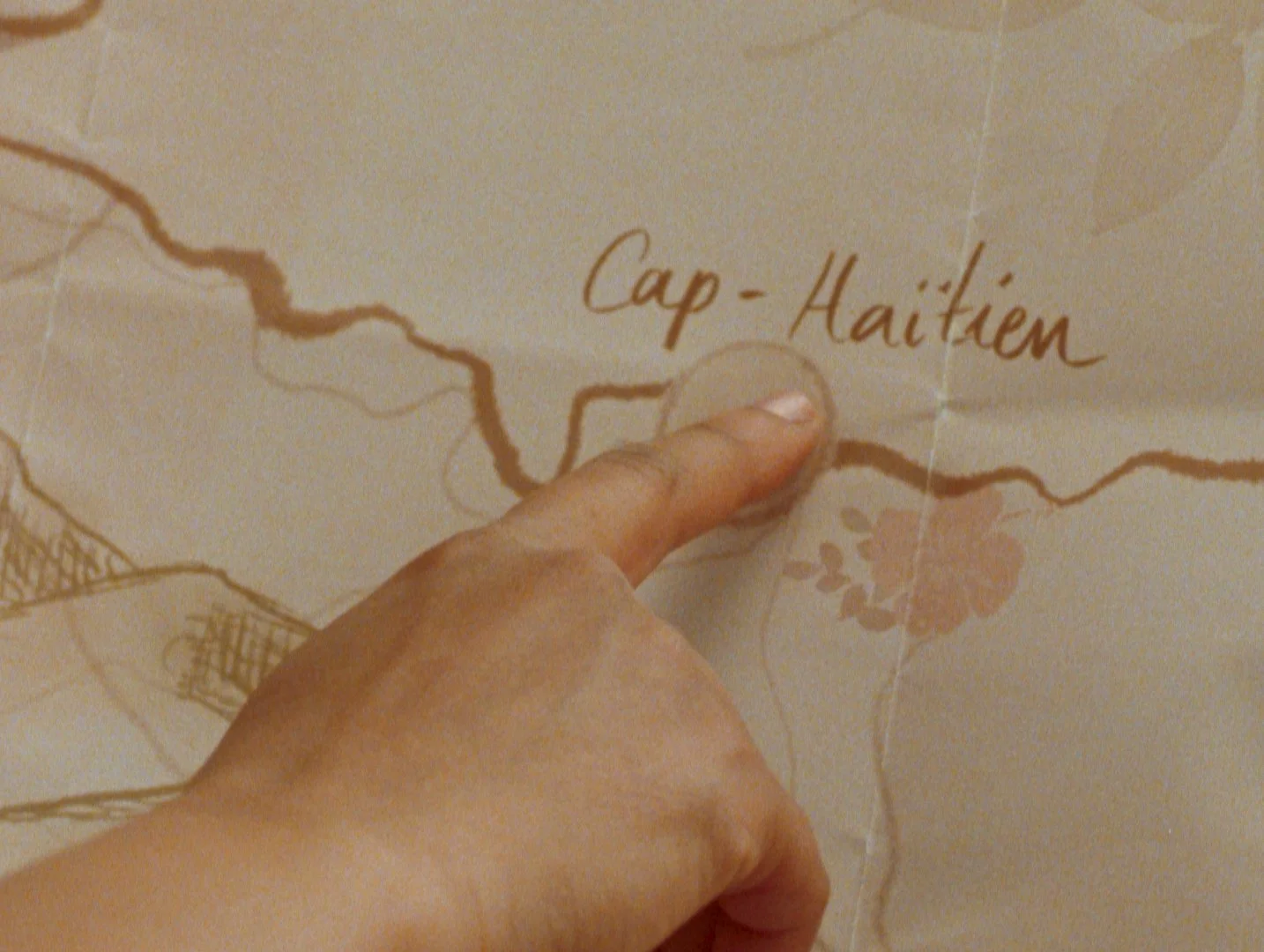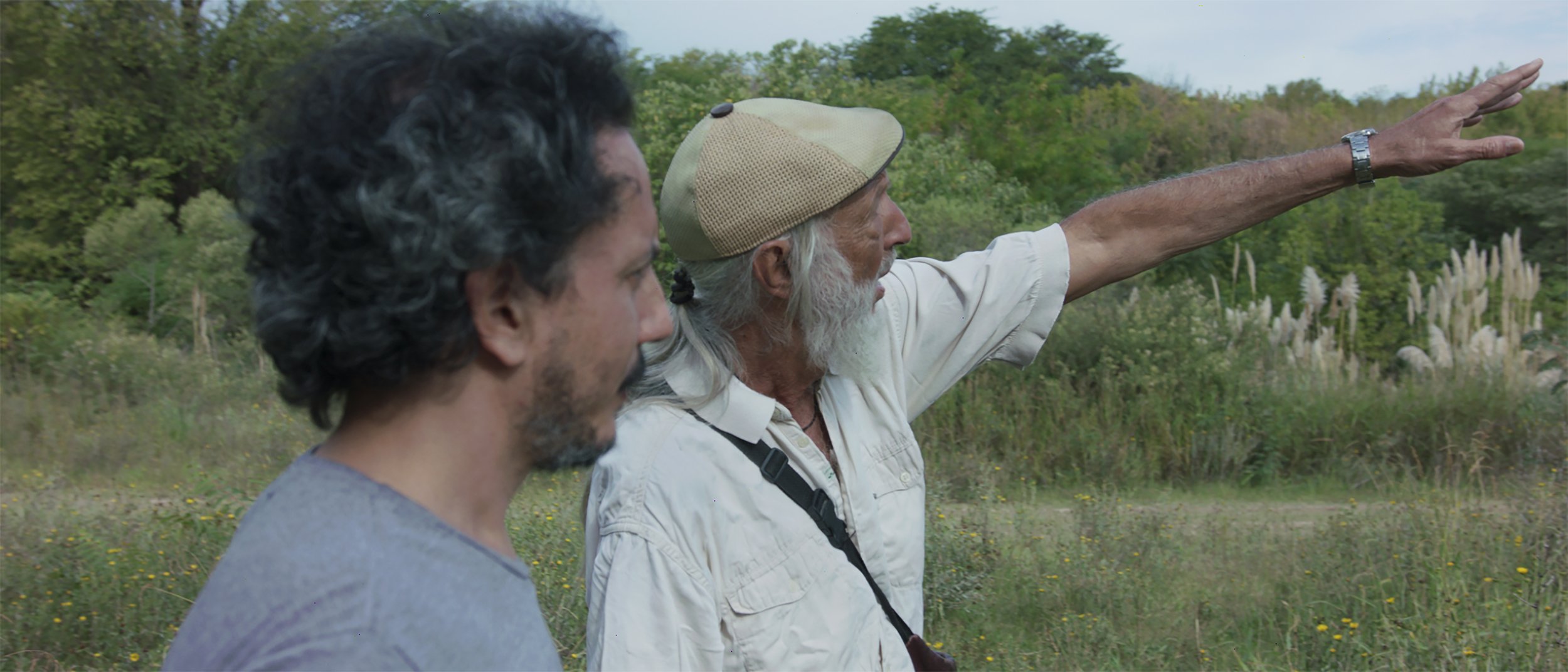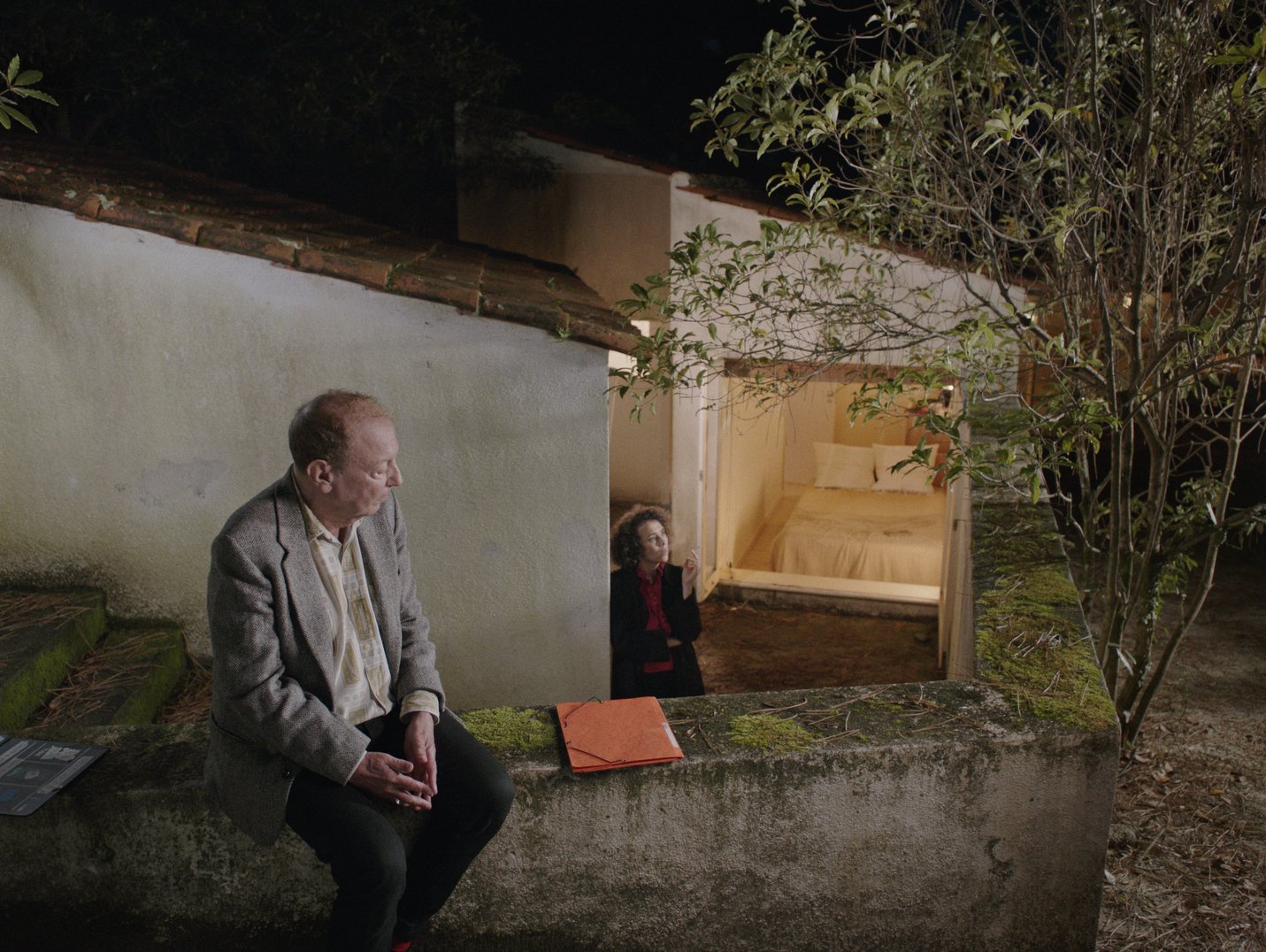Memorable images, moments, qualities, techniques and scenes from the Forum strand at the 2022 Berlinale.
by Savina Petkova
Super Natural (Jorge Jácome, 2022) © Ukbar Filmes
When Daniel Kasman covered the Locarno Festival on Notebook in 2017 he hit upon a great way of engaging with standout work. In his introduction, he explained that he would be “looking for specific images, moments, techniques, qualities or scenes…that grabbed me and have lingered past and beyond the next movie seen, whose characters, story and images have already begun to overwrite those that came just before.” This seemed like a great way to engage with the creative work in a milieu like a festival - to concentrate on that which lingers rather than attempting to highlight everything. As such, we’ve shamelessly pilfered this very technique for the ALT/KINO festival reports.
On this occasion, Savina Petkova was on the lookout for memorable moments and motifs that cropped up in the always excellent Forum programme at the Berlinale.
Happer’s Comet (Tyler Taormina, 2022) © Factory25
Nighttime wonders in Tyler Taormina’s Happer’s Comet
I’ve always needed an excuse for the pleasure I derive from peeking into people’s late night solitudes and now Tyler Taormina has generously provided just that. Together with cinematographer Jesse Sperling, he crafted Happer’s Comet as an ode to nocturnal magic. In this collage of subdued midnight madness, the humans are raw and seemingly unbothered, their doings rendered clandestine just by the quietude and separation enforced by lockdowns and curfews. However invasively intimate the premise seems, the film rebuilds its own concept of closeness by allowing individual private moments to coexist in a spell-binding montage where each one ties in with the next while retaining its integrity. People’s portraits are painted with wide strokes but in every frame, their intricate charm is vested in a detail, its materiality never divorced from its symbolic properties: be it a TV screen, a fluorescent light that’s too bright, or the rollerblades taken for a hesitant spin.
A Flower in the Mouth (Éric Baudelaire, 2022) © Poulet-Malassis Films - Les films du Worso
The first and last man in Éric Baudelaire’s A Flower in the Mouth
Eric Baudelaire breathes life into Luigi Pirandello’s original play, The Man With a Flower in His Mouth (1922) about a terminally ill man’s profound conversations with a stranger at a train station. The proceedings are furnished with both levity and gravitas that makes A Flower in the Mouth (Une dleur à la bouche) a pure meditation on mortality as inseparable from human and cinema’s nature alike. The protagonist, embodied by poet and singer-songwriter Oxmo Puccino, is an observer who’s sensitive enough to discern the minutiae of gestures and sighs informing something as mundane as a shopping assistant gift-wrapping a present. While the first half of the film rests on long takes and the power of Claire Mathon’s images alone – of night-time Paris and of the fully-rationalised labour underway at Aalsmeer flower market – its discursive counterpart relies on the intimacy of oversharing. In this way, Baudelaire disentangles the audiovisual consistency of cinema and thus points to the socio-political wounds that need dressing, i.e. the poison brought with globalisation. What seems like a man’s last night on Earth can easily be reinterpreted as his first ever, as enchanted as he is with everything that is earthly and human – even his own illness.
This House (Miryam Charles, 2022) © Embuscade Films
Exteriorising trauma in Miryam Charles’s This House
Miryam Charles’s feature debut attests to the unfathomable dimensions of grief as if an unspeakable loss has imprinted itself on the granular 16mm film stock. This House (Cette maison) lives on while its protagonist only lived for a short amount of time. Tessa Alexis Wallace, to whom the film is dedicated, was only fourteen when she died in her bedroom, after suffering violent injuries and the film never shies away from voicing both factual and imaginary details of her murder. In addition, it proposes a fluid journey through time and space – Haiti, the US, Quebec – in which the dead protagonist inhabits the body of a grown woman and by narrating, often re-enacts her childhood memories. As the film’s meandering stories feel grounded by the glow emanating from the scratches and the grain, it’s up to cinema to exteriorise trauma in an enchantingly hurtful, yet loving way.
Camouflage (Jonathan Perel, 2022) © Alina Films and Off The Grid
Uncovering the past in Jonathan Perel’s Camouflage
The land remembers the wrongdoings that have poured blood over its soil, even when the people no longer do, and bringing these two positions into immediate contact is what is at stake in Jonathan Perel’s latest film. Camouflage (Camuglaje) runs alongside Félix Bruzzone, a writer who moved into a house near Campo de Mayo, before finding out his own mother was detained and disappeared, possibly killed somewhere among the 8,000 ha of Argentina’s largest military base. Bruzzone’s voiceover is a panting one as he jogs around the fenced fields, relaying bits and pieces of his own research, and the camera lingers on the endless lands that conceal the country’s bloody secrets. In this exposure of state secrecy architecture, the film takes us to the houses of clueless neighbours, on bird-watching walks, and a VR trip, to suggest that moving on from the end of history is impossible, but necessary for our capacity to love and connect.
Dry Ground Burning (Adirley Queirós & Joana Pimenta, 2022) © Cinco da Norte, Terratreme Filmes
A world on fire in Adirley Queirós and Joana Pimenta’s Dry Ground Burning
Chitara and Léa are half-sisters and run their own oil refinery with Chitara as the region’s proverbial gasolineira. Their resilience in the face of an independence that keeps shrinking makes for an ambivalent but always all-too-human gravitational centre for Dry Ground Burning (Mato seco em chamas), set in the Sol Nascente favela, where the sisters play versions of themselves. With little to no stylisation techniques, the filmmakers render the gruesome reality of precarity, systemic imprisonment, and law enforcement tangible while also letting the characters inhabit the screen any way they’d want. The filmmakers leave them the space to reflect on their own family history and, later, on the act of filming itself. In long takes, alternating between shared silences and noisy wordy exchanges (as well as a couple of arresting musical interludes), the film brings the best of both documentary and fiction, to get to the core of love and devotion in times of political despair.
The Kegelstatt Trio (Rita Azevedo Gomes, 2022) © Basilisco Filmes
Possible reconciliation in Rita Azevedo Gomes’s The Kegelstatt Trio
“You’re perfect, but it’s not okay”, exclaims the director after he calls ‘cut’. This thirst for repetitions imbues Rita Azevedo Gomes’s newest metatextual delight of a film, The Kegelstatt Trio (O trio em mi bemol), with a playful inclusivity, where mistakes matter, sometimes even more than getting it right. Abandoning finitude resulted in the birth of master Éric Rohmer’s play, which the film inherits. As part of a film within the film, Paul and Adélia are ex-lovers who keep on meeting, rarely at first and then more often, to discuss love in all its iterations, by dissecting encounters and details from their separate lives, while always circling back to the time they spent together. In their lovers’ discourse, the notion of tenderness surfaces again and again, and it comes to encapsulate how compatibility can be reinvented after all has been said and done.
Super Natural (Jorge Jácome, 2022) © Ukbar Filmes
Never not loving in Jorge Jácome’s Super Natural
A film that is the cinematic equivalent of a tight, warm hug, Jorge Jácome’s Super Natural formulates a new concept of intimacy. While two artificially-produced voices address each other in a conversation so gentle and free that it reflects and refracts both the images which it comes into contact with and, by extension, the audience. “Sink into your chair.” “Are you sleeping already?” Whether it’s giving instructions or peppering the film with cheeky self-reflexive jokes about cinema viewing, the film permeates every possible way of interacting and does so at an attentive pace. Its dialogue sometimes feels like a soothing monologue that brings a smile to your face in the dark room, and one is somehow always convinced they are not alone. Speaking with such sincere love, the voices communicate the endless joy of being human that can be articulated only from a non-human point of view. Paradoxically, it is where this new, absolute intimacy lies, seconded by a beckoning: “Hold me.”
The 2022 edition of the Berlinale ran from 10-20 February 2022
Savina Petkova is a Bulgarian film critic based in London. She is also a PhD candidate at King’s College London working on animal metaphors and metamorphoses in contemporary European cinema.








